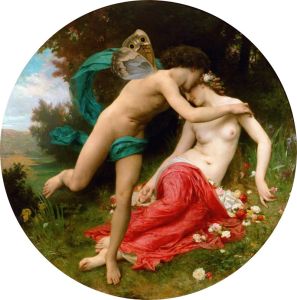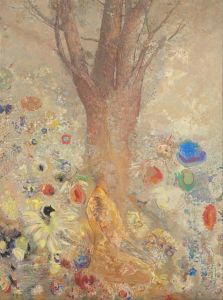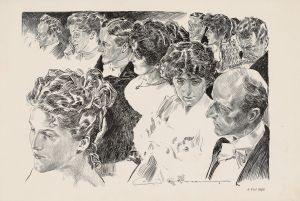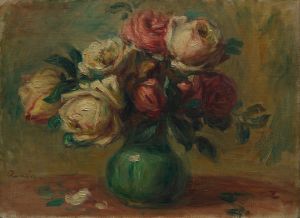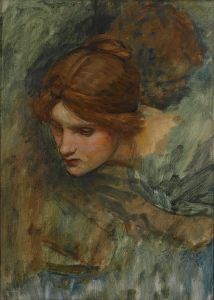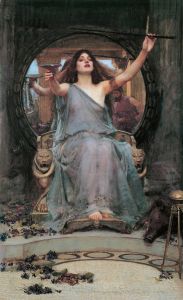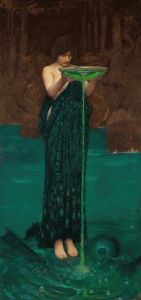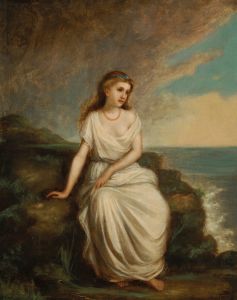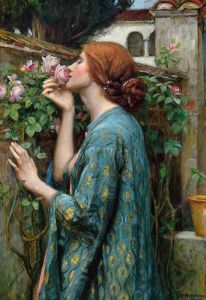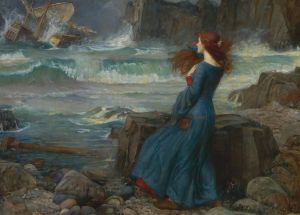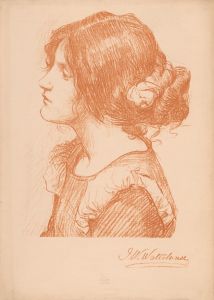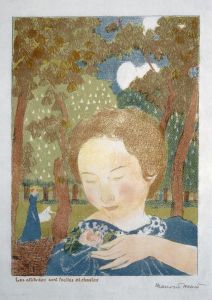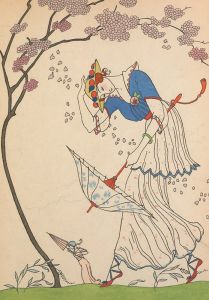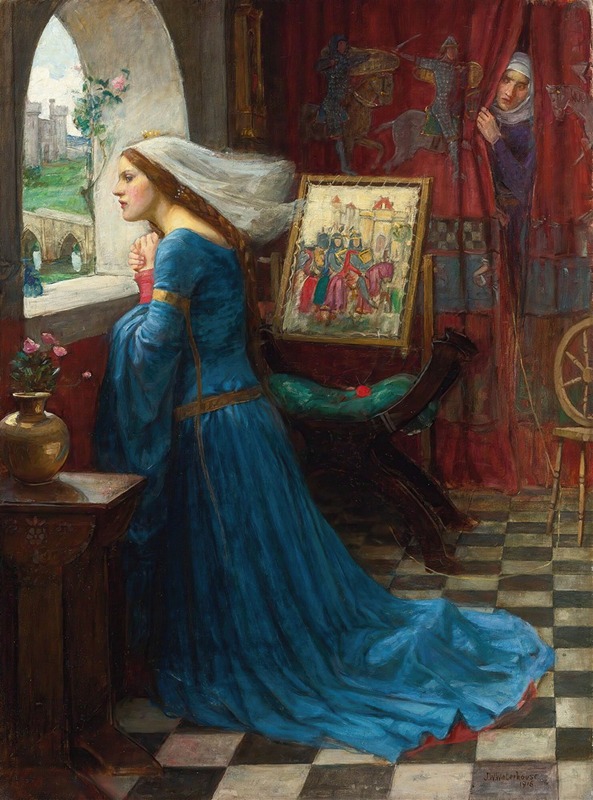
Fair Rosamund
A hand-painted replica of John William Waterhouse’s masterpiece Fair Rosamund, meticulously crafted by professional artists to capture the true essence of the original. Each piece is created with museum-quality canvas and rare mineral pigments, carefully painted by experienced artists with delicate brushstrokes and rich, layered colors to perfectly recreate the texture of the original artwork. Unlike machine-printed reproductions, this hand-painted version brings the painting to life, infused with the artist’s emotions and skill in every stroke. Whether for personal collection or home decoration, it instantly elevates the artistic atmosphere of any space.
John William Waterhouse's Fair Rosamund is a painting created in 1916 by the renowned British artist, known for his works in the Pre-Raphaelite style. The painting depicts Rosamund Clifford, often referred to as "Fair Rosamund," a historical figure from 12th-century England who was famously associated with King Henry II as his mistress. Waterhouse's interpretation of Rosamund aligns with his characteristic focus on romantic and mythological themes, as well as his detailed and evocative portrayal of women.
In the painting, Rosamund is shown seated in an enclosed garden, a setting that evokes the idea of secrecy and seclusion, which aligns with the historical narrative of her life. According to legend, Rosamund was kept in a hidden labyrinth by King Henry II to protect her from his wife, Queen Eleanor of Aquitaine. Waterhouse captures this sense of isolation and vulnerability through the composition and Rosamund's contemplative expression. She is surrounded by lush greenery and flowers, elements that are typical of Waterhouse's work and contribute to the dreamlike quality of the scene.
The painting is executed in oil on canvas, a medium Waterhouse frequently used, and it demonstrates his mastery of light, texture, and color. The soft, naturalistic tones and intricate details of Rosamund's dress and the surrounding foliage are hallmarks of his style. Waterhouse's attention to detail and his ability to convey emotion through his subjects are evident in this work.
Fair Rosamund is one of Waterhouse's later works, created during the final years of his career. By this time, his style had evolved to incorporate elements of both the Pre-Raphaelite movement and classical realism. The painting reflects his continued interest in historical and literary subjects, as well as his fascination with the portrayal of women as central figures in his art.
The painting is part of a broader tradition of artistic and literary interpretations of Rosamund Clifford's story, which has been romanticized over the centuries. However, it is important to note that much of the historical accuracy of Rosamund's life remains uncertain, as her story has been shaped by legend and myth. Waterhouse's depiction is not intended as a historical record but rather as an artistic exploration of the themes of love, beauty, and mystery.
Fair Rosamund is currently held in a private collection, and as such, it is not widely accessible to the public. However, it remains an important example of Waterhouse's work and his contribution to the late Pre-Raphaelite movement.





